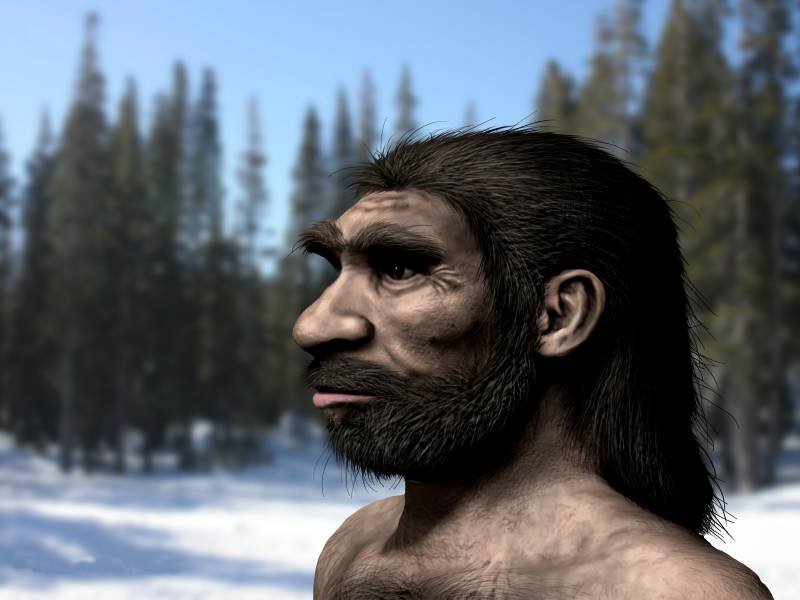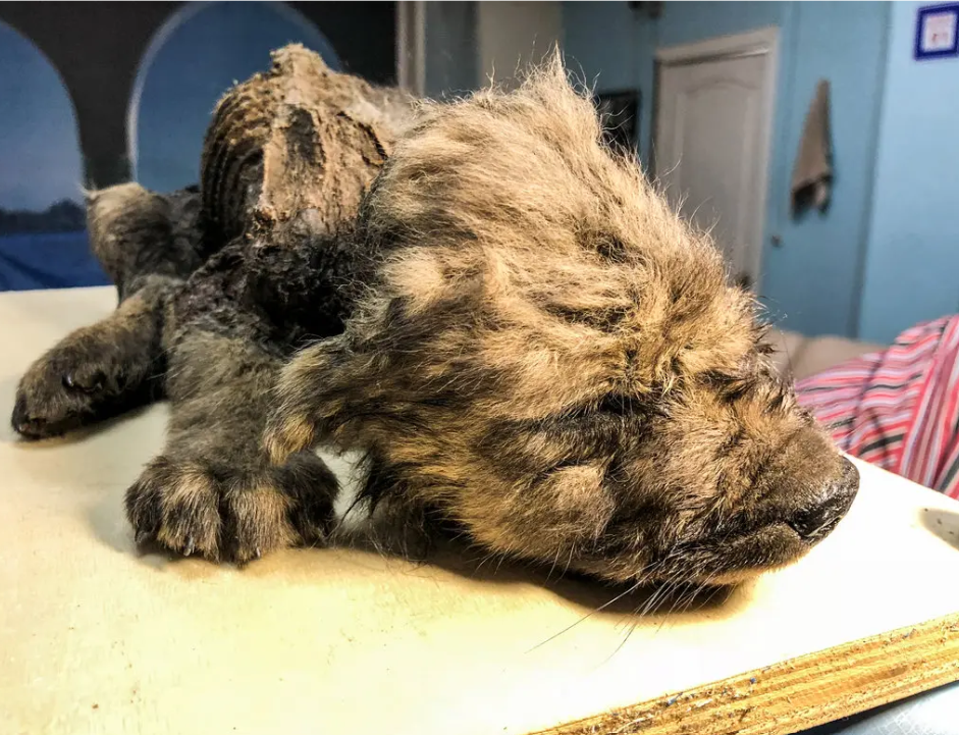Walking through any major city today, you see the incredible diversity of humanity. Yet despite this variation, we are all part of one species: Homo sapiens. This might seem like the natural order of things, but the reality is far more complex and fascinating.
For millions of years, Earth was home to multiple human species living side by side. Some were towering giants with massive brains, others were tiny island dwellers no taller than modern children. Some created art and buried their dead, while others developed sophisticated hunting techniques that rivaled our own ancestors. These mysterious relatives of ours have left behind tantalizing clues about what human evolution truly looked like, and many of their stories are only now being uncovered.
Let’s dive into the hidden chapters of human history and meet ten extraordinary species that most people have never heard of.
Homo juluensis: The Big-Headed Giants of Asia
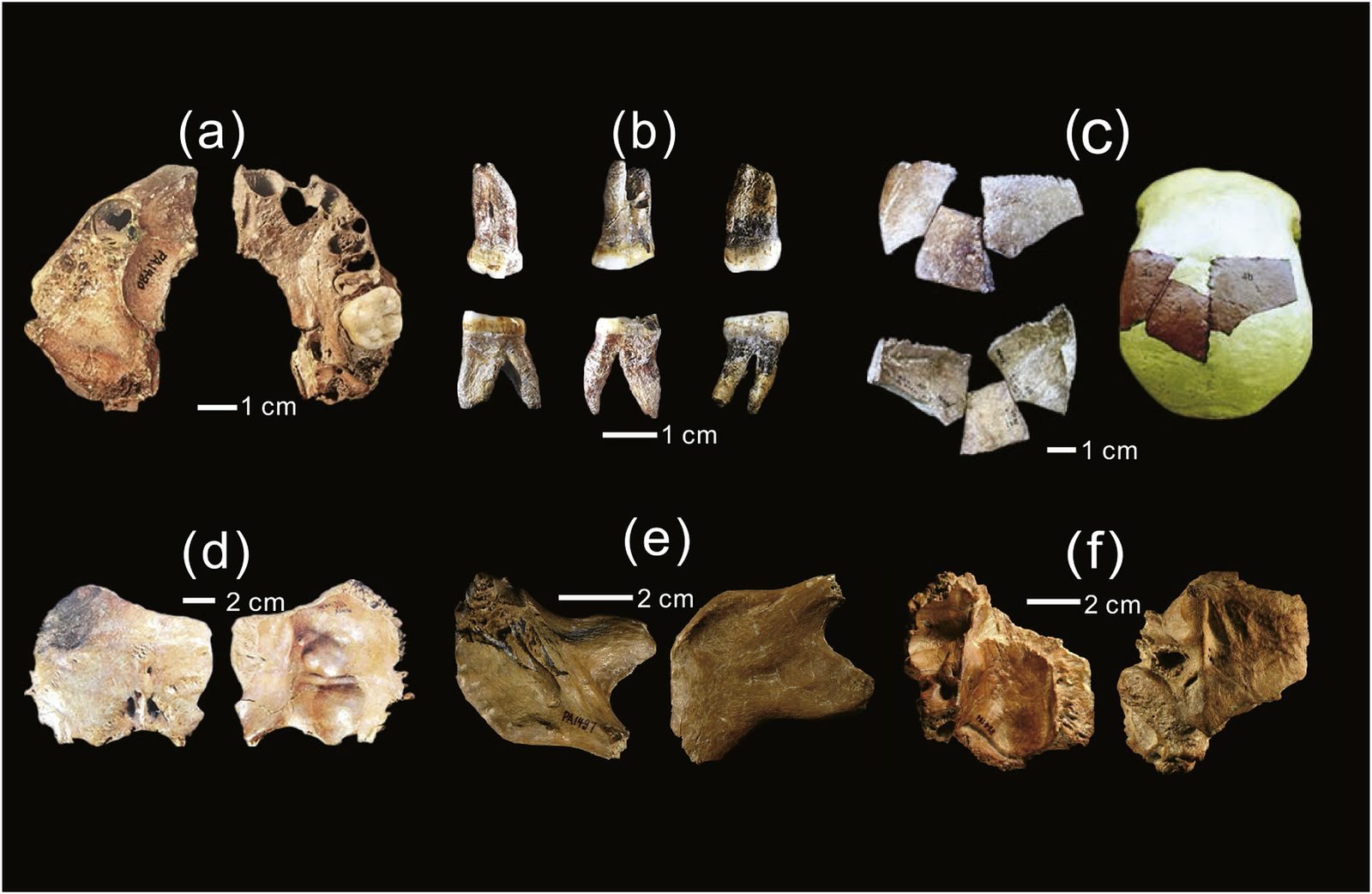
Imagine encountering humans with skulls so large they dwarf even the biggest modern heads. The recently discovered Homo juluensis, meaning “big head,” lived in northern China around 200,000 years ago and possessed remarkably large heads, broad skulls, and massive teeth that surpassed the size of both Neanderthals and Homo sapiens. Their skulls reached an astounding capacity of 103 to 109 cubic inches, up to 1,768 cubic centimeters, starkly contrasting with Neanderthal craniums.
Scientists believe Homo juluensis lived in tight-knit groups and may have vanished as modern humans began migrating to Europe and Asia around 120,000 years ago, having thrived during a significant climate change that brought colder, drier conditions. Archaeological evidence shows they were skilled hunters who created garments from animal skins and primarily consumed wild horses, processing them at the Xujiayao site and using their entire bodies for sustenance, including meat, marrow, and cartilage.
Homo naledi: The Cave Burial Artists
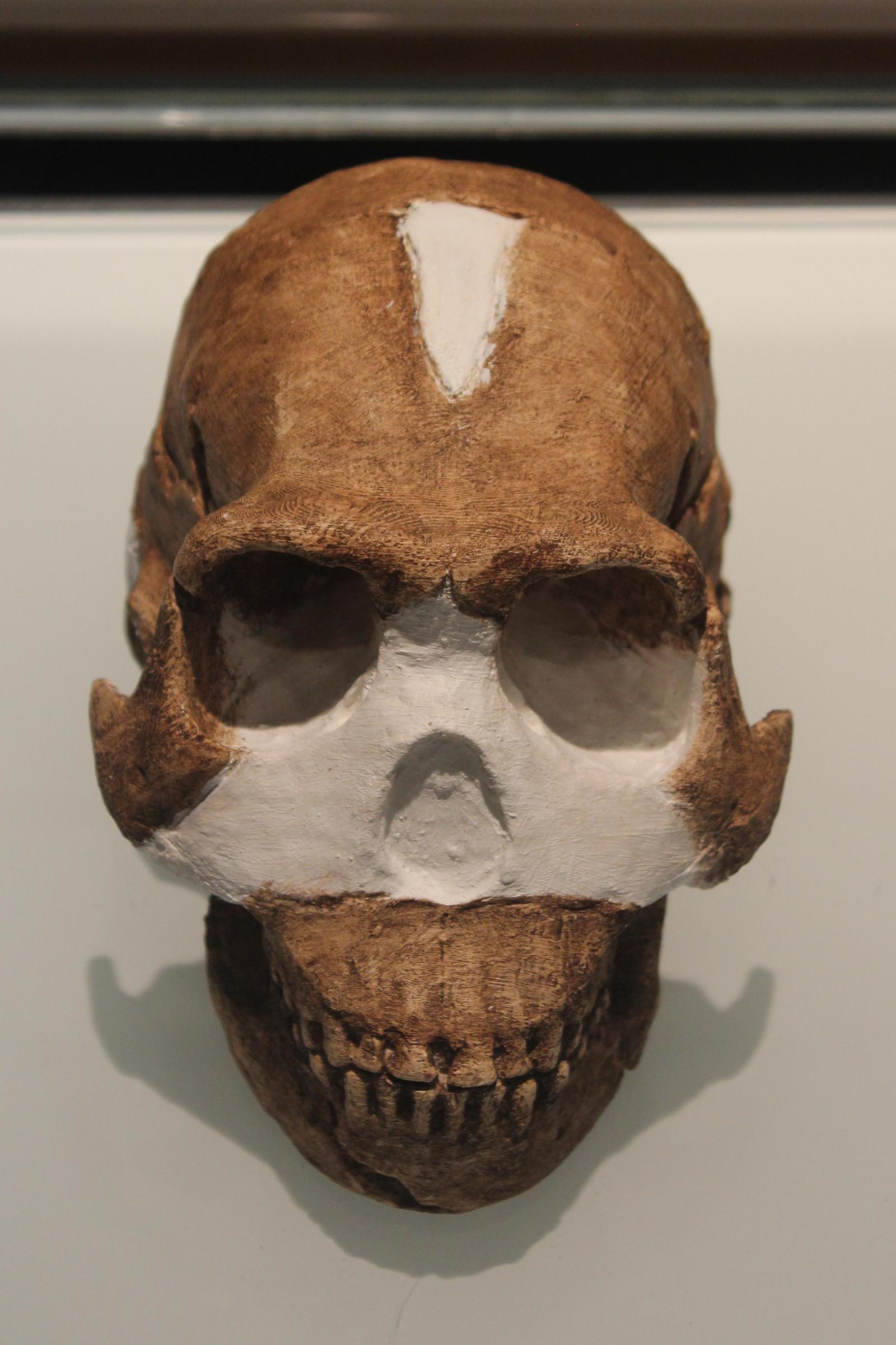
Named Homo naledi, this species is characterized by its small size, including a brain roughly a third the size of today’s humans, and a baffling mix of very old and relatively modern anatomical features. Evidence of Homo naledi was unearthed in 2013 in a cave in South Africa, thirty meters below the surface in a chamber strewn with thousands of bones with more than 1,500 fossil elements recovered.
The skeletal remains discovered in the cave are dated to between 335,000 and 241,000 years ago, a period when modern humans were just beginning to emerge in Africa. Remarkably, geometric engravings including squares, ladders, triangles, and crosses were discovered on cave walls, providing further evidence that Homo naledi was much more sophisticated than previously imagined. Their deliberate burial practices and artistic expressions suggest cognitive abilities that challenge our understanding of early human intelligence.
Denisovans: The Phantom People of Asia

The Denisovans are an extinct species of archaic human that ranged across Asia during the Middle to Late Pleistocene, approximately 200,000–40,000 years ago, with most of what is known about them coming from DNA evidence. Scientists recently identified a 146,000-year-old skull discovered in China as belonging to this mysterious extinct human species, marking the first time a complete Denisovan skull has been found and confirmed.
Modern populations carry traces of Denisovan ancestry, with 0.2% in mainland Asians and Native Americans, while Oceanians have the highest levels at around 2.0%, suggesting there were Denisovan populations across Asia. Incredibly, researchers discovered a first-generation hybrid nicknamed “Denny” with a Denisovan father and Neanderthal mother, while 4% of the Denisovan genome comes from an unknown archaic human species that diverged from modern humans over one million years ago.
Homo floresiensis: The Island Hobbits
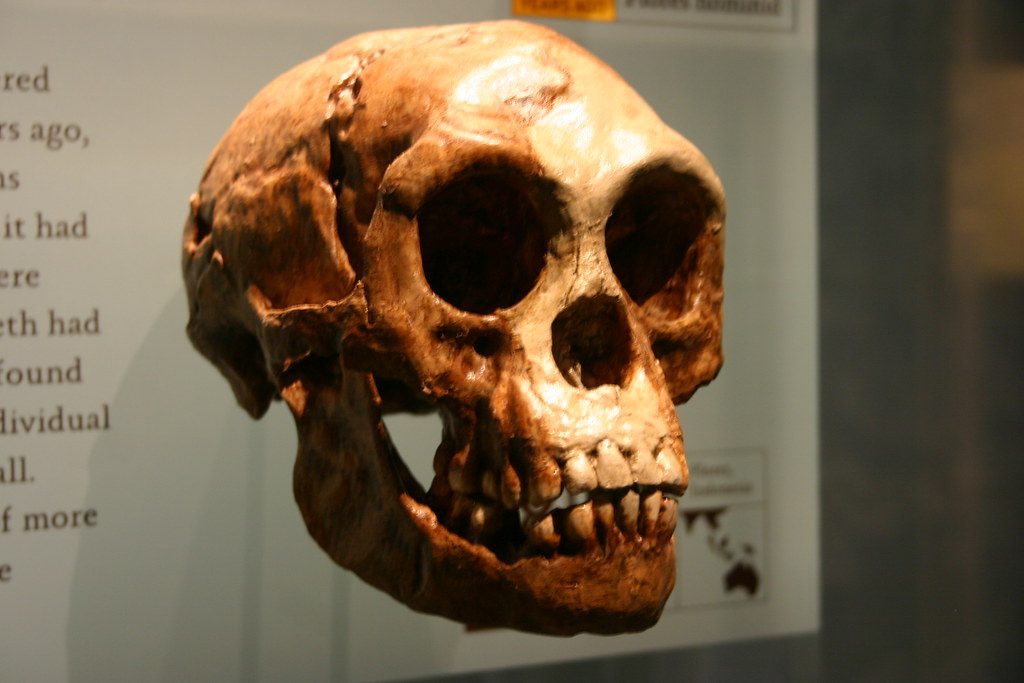
Homo floresiensis, also known as “Flores Man” or “Hobbit,” is an extinct species of small archaic humans that inhabited the island of Flores, Indonesia, until about 50,000-60,000 years ago, with remains of individuals who would have stood about 1.1 meters tall discovered in 2003. These remarkable humans stood approximately 3 feet 6 inches tall, had tiny brains, large teeth for their small size, shrugged-forward shoulders, no chins, and receding foreheads.
Despite their small body and brain size, H. floresiensis made and used stone tools, hunted small elephants and large rodents, coped with predators such as giant Komodo dragons, and may have used fire. The diminutive stature may have resulted from island dwarfism, an evolutionary process from long-term isolation on a small island with limited resources, similar to the pygmy elephants on Flores that showed the same adaptation. Their story reveals how dramatically humans can adapt to isolated environments.
Homo luzonensis: The Philippine Puzzle

The ancient human species Homo luzonensis is one of the most recent branches added to the human evolutionary tree and also one of our most mysterious ancient relatives, with only 13 fossils discovered so far from at least two adults and one juvenile. These remains were discovered on the island of Luzon in the Philippines, representing one of the most enigmatic species in the evolutionary tale.
Recent research suggests these fossils might have absorbed uranium after burial, making them appear younger than they actually are, with investigations revealing that Homo luzonensis could be at least 130,000 years old rather than the originally estimated 67,000 years. Fossil evidence shows our species first appeared in the Philippines between 40,000–50,000 years ago, while many other ancient human species went extinct around the same time H. sapiens was spreading around the world. The mystery of how these small humans reached their remote island home continues to puzzle scientists.
Red Deer Cave People: The Stone Age Survivors
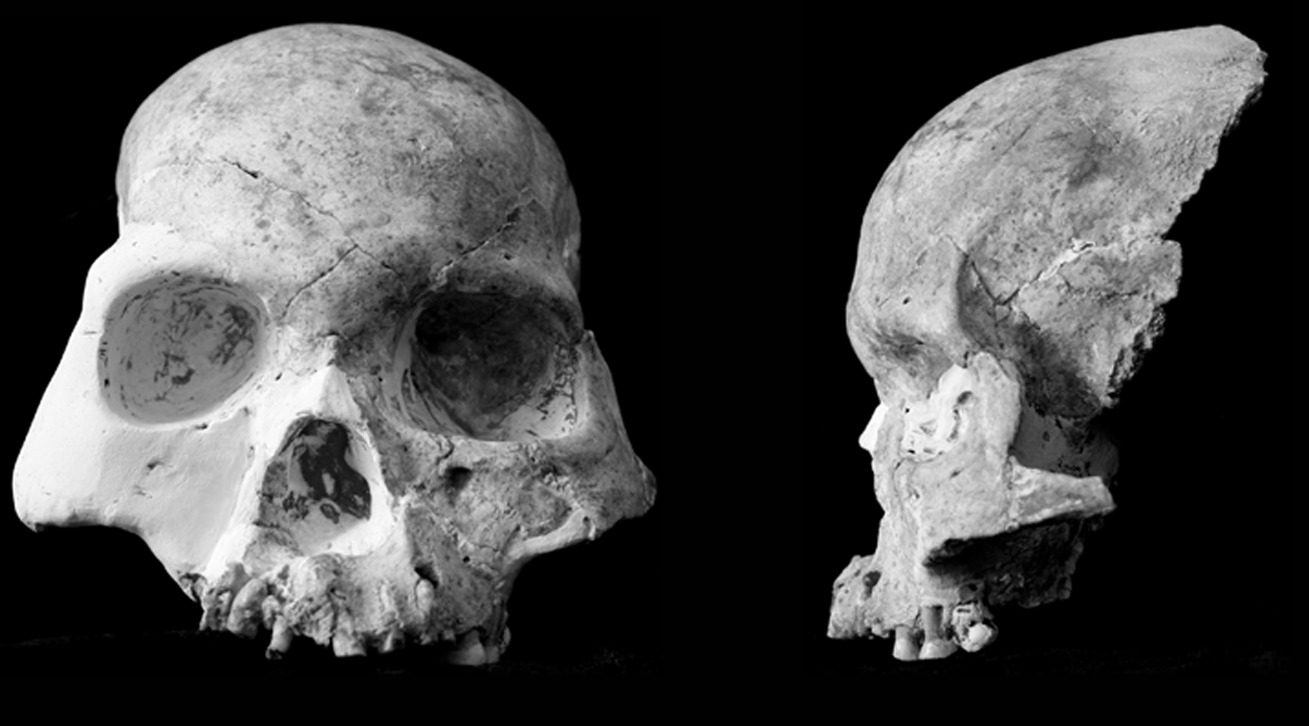
In 2012, scientists announced the discovery of the “Red Deer Cave people” in Southwest China, a mysterious human group identified from cranial and jaw bones from two cave sites, with radiocarbon dating showing they lived between about 14,500 and 11,500 years ago. Their thigh bone strongly resembles very ancient species like early Homo erectus or Homo habilis, which lived around 1.5 million years ago or more in Africa.
These mysterious people had thick skulls with flat faces, broad noses, small chins, large molar teeth, and prominent brow ridges, with features generally associated with older, long-extinct members of the human family tree despite possessing a “moderate” sized brain. With a reconstructed body mass of about 50 kilograms, the individual was very small by pre-modern and Ice Age human standards. Recent DNA analysis suggests they were modern humans, yet their physical appearance remained strikingly archaic.
Homo heidelbergensis: The Towering Ancestors
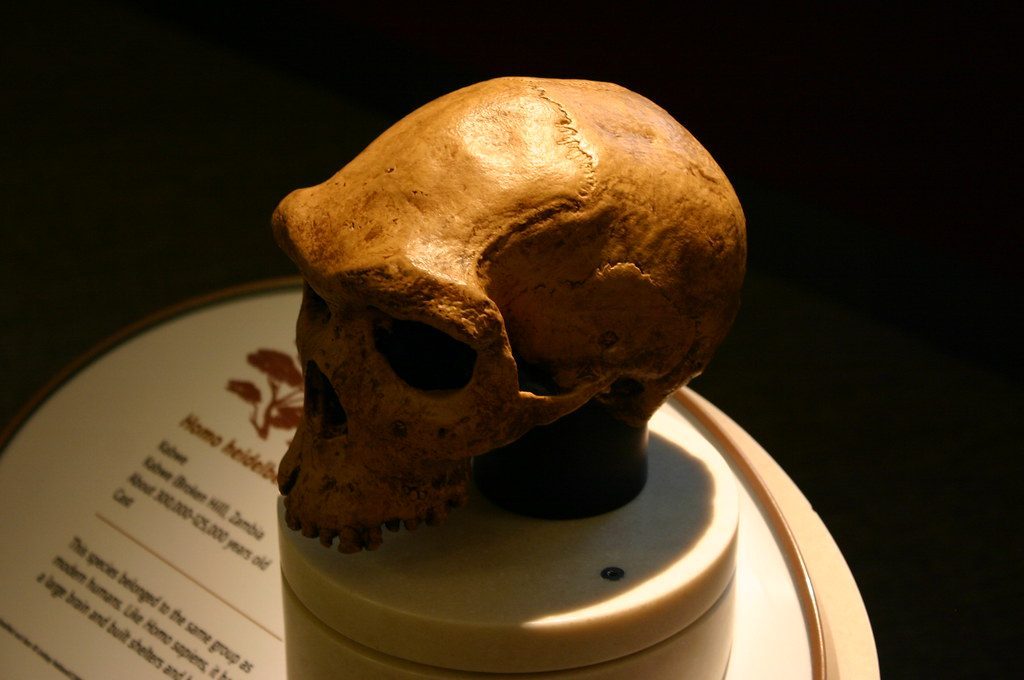
Homo heidelbergensis, known as Heidelberg man, walked the earth about 600,000 years ago in Africa, parts of Asia, and Europe, and are believed to be the direct ancestor of Neanderthals, with some archaeologists arguing they are “archaic” or “early” Neanderthals. Heidelberg man was exceptionally tall at an average height of 6 feet, but also intelligent, using stone-tipped spears made from obsidian to hunt and butcher large prey and may be the first species of homo to intentionally bury their dead.
These impressive ancestors represent a crucial link in human evolution, bridging the gap between earlier human species and the more familiar Neanderthals. Their combination of physical prowess and advanced tool use suggests they were formidable survivors in the challenging environments of their time.
Java Man (Homo erectus): The Pioneer Migrants
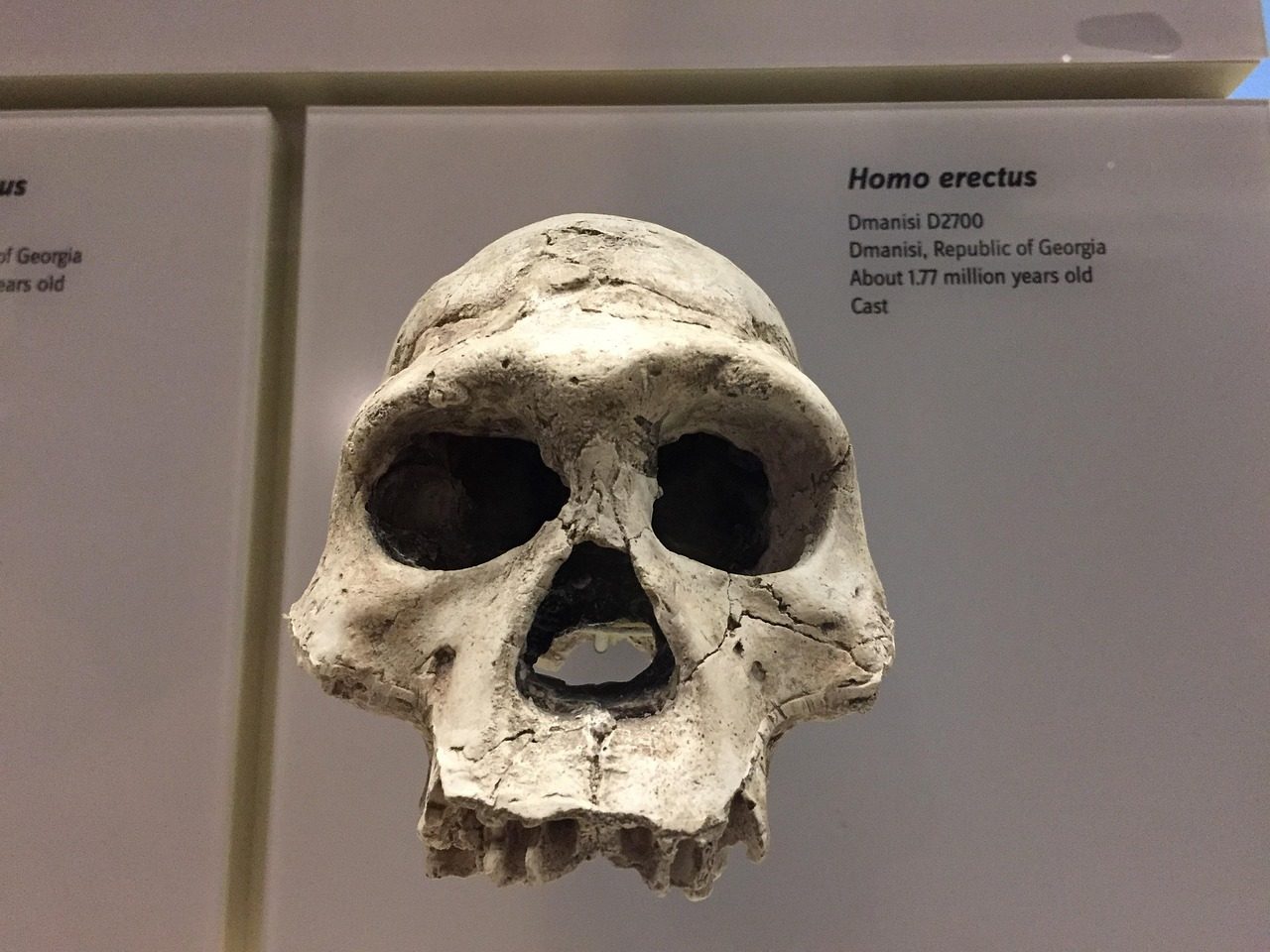
In the early 1890s, the tooth, skullcap, and thighbone of an extinct human species were found by archaeologists in East Java, earning the nickname “Java Man,” and it was a big deal at the time as the bones were the oldest hominid remains ever discovered. Homo erectus, modern humans’ archaic hominin relative, was the first human species to migrate out of Africa, with one of their settlements in Southeast Asia evidenced by H. erectus fossils found on Java dating back 1.6 million years.
Recent discoveries include 140,000-year-old H. erectus skull fragments recovered from the seafloor, from a now-submerged region that was once part of Sundaland, which connected the Indonesian archipelago to the Asian mainland during the last Ice Age. The study revealed evidence of previously unknown behavioral anomalies, such as the ability to hunt strong healthy bovids, suggesting the population may have had contact with other human cousins.
Boskop Man (Homo capensis): The Big-Brained Mystery
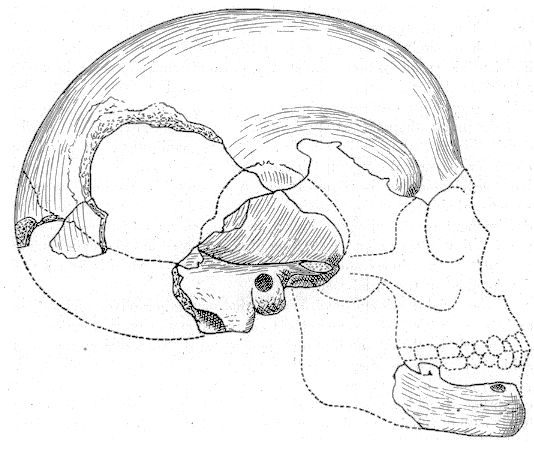
Boskop Man was discovered in 1913 in Boskop, South Africa, and is notable as the brain size of the skull was larger than that of a modern human, with the species later given the name Homo capensis after other specimens were discovered. This enigmatic human relative challenges our assumptions about brain size and intelligence in ancient populations.
The discovery of Boskop Man raises fascinating questions about human diversity in ancient Africa. Their large brain capacity suggests cognitive abilities that may have rivaled or even exceeded those of modern humans, yet they disappeared from the archaeological record without leaving clear traces of their ultimate fate.
Dragon Man (Homo longi): The Mysterious Chinese Giant
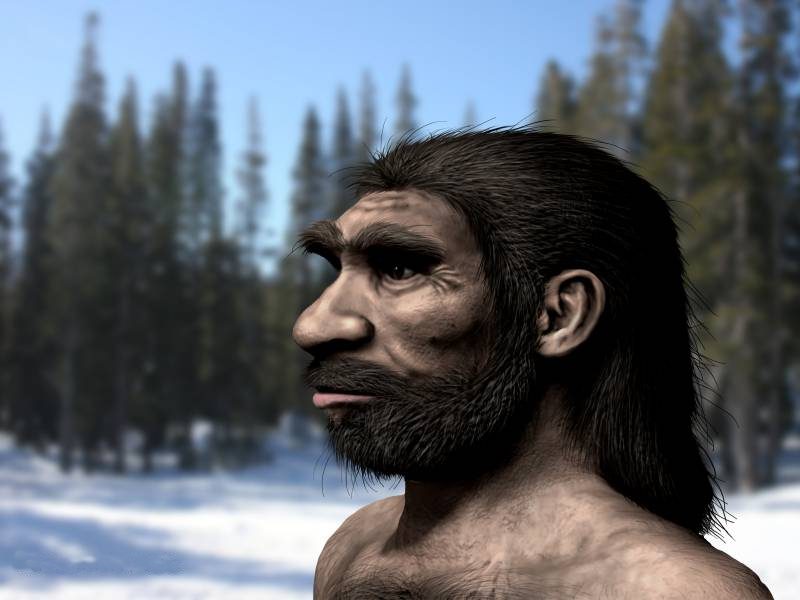
An analysis of mitochondrial DNA and proteins from the Harbin cranium, which had been given the name Homo longi, showed with great certainty that this species represents a Denisovan, with morphometric analysis grouping Yunxian Man, Dali Man, and other Chinese specimens under H. longi alongside genetically confirmed Denisovans. The Harbin skull is described as “one of, if not the largest human cranium we have anywhere in the fossil record.”
The discovery confirms that Denisovans, who emerged around 217,000 years ago, interbred with early Homo sapiens, leaving genetic traces in modern populations, particularly among indigenous Australians and Papuans. This massive-skulled human represents one of the most recent major discoveries in paleoanthropology, fundamentally changing our understanding of human diversity in ancient Asia.
Conclusion

The story of human evolution is far richer and more complex than most people realize. These ten mysterious species represent just a fraction of the human relatives that once shared our planet, each adapting to their unique environments in remarkable ways. From the artistic cave-dwellers of South Africa to the island-hopping seafarers of Southeast Asia, from the towering hunters of Europe to the big-brained giants of China, our family tree branches in directions that continue to surprise scientists.
What’s truly remarkable is how recently some of these species lived alongside our own ancestors. The Red Deer Cave people were creating stone tools when our species was already developing agriculture. Homo floresiensis was hunting pygmy elephants while modern humans were painting caves in Europe. These discoveries remind us that being human has meant many different things throughout history.
What do you think about these incredible human relatives? Tell us in the comments which species surprised you the most!

